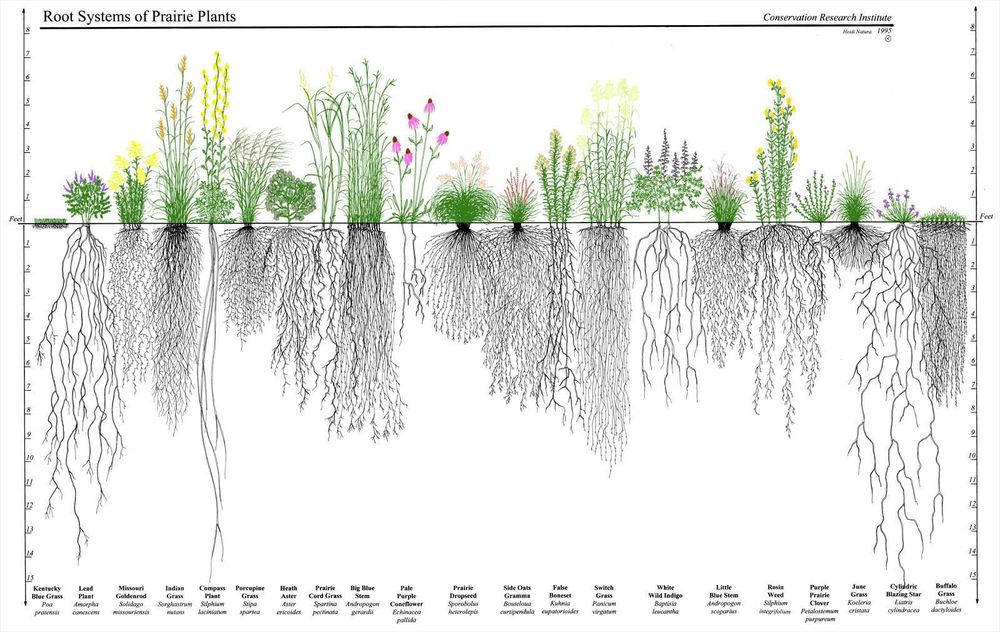
Andrea Titton
@nofishlikeian.bsky.social
PhD candidate @tinbergeninstitute.bsky.social.
Working on climate econ and transition risk. Neuroscience tourist. Lazy programmer.
My website: andreatitton.com
Working on climate econ and transition risk. Neuroscience tourist. Lazy programmer.
My website: andreatitton.com
Reposted by Andrea Titton
There’s a famous chart from the Conservation Research Institute, which demonstrates this. GAZE UPON THESE ROOTS, YE MIGHTY AND DESPAIR.

July 26, 2025 at 12:10 AM
There’s a famous chart from the Conservation Research Institute, which demonstrates this. GAZE UPON THESE ROOTS, YE MIGHTY AND DESPAIR.
What are you basing this off?
Here (www.sciencedirect.com/science/arti...) they found a reduction in flights from carbon pricing.
Here (www.sciencedirect.com/science/arti...) they found a reduction in flights from carbon pricing.

Pricing carbon in the aviation sector: Evidence from the European emissions trading system
A policy change in the European Union's Emissions Trading Scheme (EU ETS) provides us with a unique opportunity to measure the impact of carbon pricin…
www.sciencedirect.com
January 3, 2025 at 6:43 AM
What are you basing this off?
Here (www.sciencedirect.com/science/arti...) they found a reduction in flights from carbon pricing.
Here (www.sciencedirect.com/science/arti...) they found a reduction in flights from carbon pricing.
Perfect timing: I just finished watching the Michael Penn series on differential forms. It makes me want to dig back into differential geometry.
December 16, 2024 at 2:08 PM
Perfect timing: I just finished watching the Michael Penn series on differential forms. It makes me want to dig back into differential geometry.
If I have time and get around to it, I will try and turn this code into a proper package for the #JuliaLang, contributing to the "bottom left quadrant" of dynamic optimization problem, as discussed here by Albert Zevelev (not on Bluesky yet?) here:

Solving the 4 quadrants of dynamic optimization problems in Julia. Help Wanted!
Solving dynamic optimization problems is at the heart of economics (and many other fields). The goal of this post is to explore various tools for solving dynamic optimization problems in the Julia Ec...
discourse.julialang.org
December 11, 2024 at 3:19 PM
If I have time and get around to it, I will try and turn this code into a proper package for the #JuliaLang, contributing to the "bottom left quadrant" of dynamic optimization problem, as discussed here by Albert Zevelev (not on Bluesky yet?) here:
You can also find a preliminary implementation of the same idea for differential games (Kushner, 2007) in the repository, which I will be using in a future paper that studies climate agreements in the presence of tipping points. 🏓

Numerical Approximations for Nonzero-Sum Stochastic Differential Games | SIAM Journal on Control and Optimization
The Markov chain approximation method is a widely used and efficient family of methods for the numerical solution of many types of stochastic control problems in continuous time for reflected-jump-dif...
doi.org
December 11, 2024 at 3:19 PM
You can also find a preliminary implementation of the same idea for differential games (Kushner, 2007) in the repository, which I will be using in a future paper that studies climate agreements in the presence of tipping points. 🏓
In the paper's Appendix, I prove the algorithm's convergence for Epstein-Zin recursive preferences.
I also leverage the excellent implementation of the ZigZag algorithm by ZigZagBoomerang.jl to parallelise everything and run it on the Snellius supercomputer. 🚀
I also leverage the excellent implementation of the ZigZag algorithm by ZigZagBoomerang.jl to parallelise everything and run it on the Snellius supercomputer. 🚀
December 11, 2024 at 3:19 PM
In the paper's Appendix, I prove the algorithm's convergence for Epstein-Zin recursive preferences.
I also leverage the excellent implementation of the ZigZag algorithm by ZigZagBoomerang.jl to parallelise everything and run it on the Snellius supercomputer. 🚀
I also leverage the excellent implementation of the ZigZag algorithm by ZigZagBoomerang.jl to parallelise everything and run it on the Snellius supercomputer. 🚀
This approach makes your algorithm focus on where it really matters (around the tipping point), rather than wasting time computing policies at boring steady states.
December 11, 2024 at 3:19 PM
This approach makes your algorithm focus on where it really matters (around the tipping point), rather than wasting time computing policies at boring steady states.
To solve this in a reasonable time, I take an old and relatively straightforward idea from one of my favourite books, Kushner & Dupouis, from 2001.
Just take time steps that get shorter and shorter around the tipping point! Now your time discretisation is state and control dependent.
Just take time steps that get shorter and shorter around the tipping point! Now your time discretisation is state and control dependent.

Numerical Methods for Stochastic Control Problems in Continuous Time
The book presents a comprehensive development of effective numerical methods for stochastic control problems in continuous time. The process models are diffusions, jump-diffusions or reflected diffusi...
books.google.nl
December 11, 2024 at 3:19 PM
To solve this in a reasonable time, I take an old and relatively straightforward idea from one of my favourite books, Kushner & Dupouis, from 2001.
Just take time steps that get shorter and shorter around the tipping point! Now your time discretisation is state and control dependent.
Just take time steps that get shorter and shorter around the tipping point! Now your time discretisation is state and control dependent.
In the paper, I compute optimal emissions abatement in a climate with tipping points.
As you approach the tipping point, computing optimal emission abatements can be challenging, as you should tread carefully: small mistakes can lead to abrupt and dire consequences! 📿
As you approach the tipping point, computing optimal emission abatements can be challenging, as you should tread carefully: small mistakes can lead to abrupt and dire consequences! 📿
December 11, 2024 at 3:19 PM
In the paper, I compute optimal emissions abatement in a climate with tipping points.
As you approach the tipping point, computing optimal emission abatements can be challenging, as you should tread carefully: small mistakes can lead to abrupt and dire consequences! 📿
As you approach the tipping point, computing optimal emission abatements can be challenging, as you should tread carefully: small mistakes can lead to abrupt and dire consequences! 📿
Reposted by Andrea Titton
This inequality says that if y=φ(x) is a continuous, strictly increasing function of x, for x≥0, with φ(0)=0 then (note φ^{-1}(y) is the function inverse) 2/

November 26, 2024 at 3:08 PM
This inequality says that if y=φ(x) is a continuous, strictly increasing function of x, for x≥0, with φ(0)=0 then (note φ^{-1}(y) is the function inverse) 2/
Nice, good timing then! Always happy to talk about it.
November 20, 2024 at 3:15 PM
Nice, good timing then! Always happy to talk about it.

